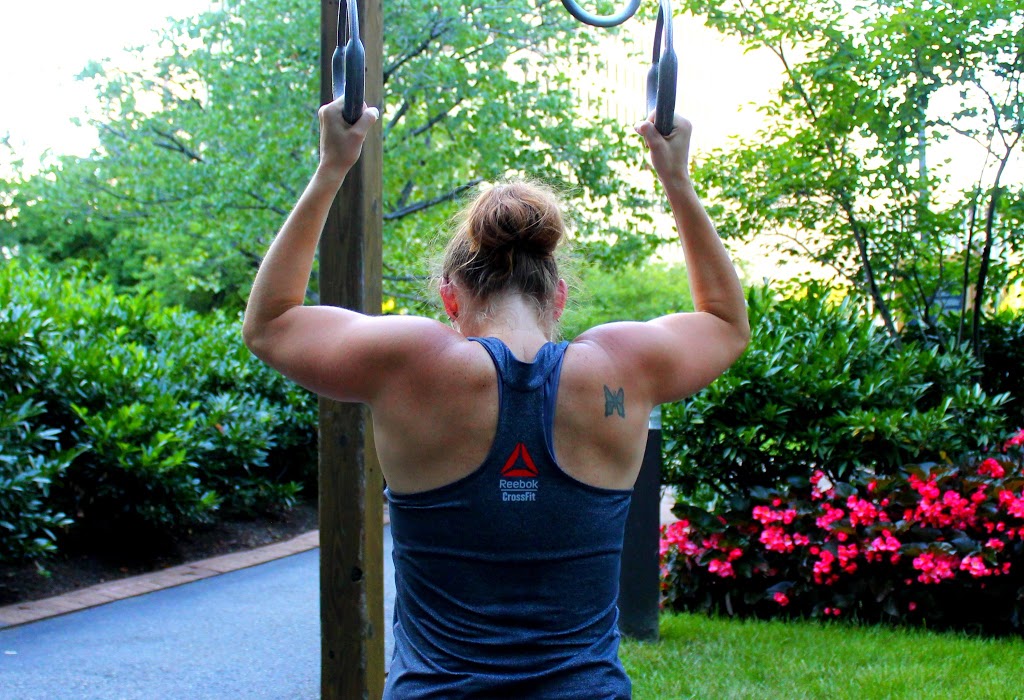Why Muscle Recovery is so Important
Most of us are familiar with the muscle soreness that often accompanies a tough workout. Whether it’s from doing more reps than usual, adding on a bit more weight, or perhaps a combination of both, tired muscles can lead to a longer recovery. Building muscle and enhancing your strength is just one part of staying healthy. In order to be truly successful, you’ll also need planned recovery time and a sufficient amount of down time. Muscle recovery is an essential part of any fitness regimen, although it can often get overlooked.
What is Muscle Recovery?
As the term suggests, muscle recovery is about letting the muscles recover sufficiently between workouts. Whether you prefer weight lifting, cardio, or a mix of both, you have to give your muscles time to recover in-between workouts. In fact, tired or sore muscles may be why you’re not quite reaching those strength-building goals you set for yourself. Proper recovery doesn’t mean lounging on the couch or sitting through marathon TV sessions on your day off, however. Instead, an active recovery that involves promoting circulation in your muscles and joints and using a foam roller to relieve tension is a great place to start.
Why is Muscle Recovery Important?
Over time, waste and scar tissue builds up in your joints and muscles. If it’s not dealt with in a timely manner, this can lead to pain and/or tightness after a workout. Lingering soreness or nagging aches and pains in the muscles and joints can also result from a build-up of waste and scar tissue. The good news is that it really doesn’t take much time or effort to ensure proper muscle recovery. According to mensfitness.com, spending just 30 to 60 seconds foam rolling sore muscle groups throughout the day can greatly reduce muscle soreness and fatigue.
How Can Massage Help?
A post-exercise massage can lower levels of inflammation and even enhance muscle growth. According to webmd.com, kneading or massaging muscles following hard exercise leads to decreased amounts of inflammation, which in turn helps muscles recover faster. The study also suggests that a post-exercise massage is a helpful method for reducing soreness while allowing muscles to become fitter at a faster rate. Even a 10 minute Swedish massage offers numerous muscle recovery benefits.
While massaging undoubtedly provides relief for sore and tired muscles, it won’t do much good without the proper massage oils. Having the right oil is crucial for a positive massage experience. There are several different kinds of massage oils on the market, including nut free alternatives for those with allergies and natural unscented massage oil with a mix of safflower, grape seed, avocado, sesame, and almond for a smooth, fluid massage motion. Some massage oils offer their own benefits through vitamins and essential minerals, such as those with antioxidant properties.
As you plan your fitness schedule for the new year, carve out ample time for muscle recovery. It doesn’t take much time or effort to eliminate built up waste and scar tissue. Keep in mind that proper muscle recovery also makes it easier to achieve your workout goals.
How do you help your muscles recover? How will you take action in the future to ensure you’re doing right by your body?


I liked the information you provided about massage aiding in muscle recovery. Maybe I can convince my husband to do that! Haha.
I try to foam roll after exercising and don’t work the same muscle group two days in a row.
-Lindsey @ Simply Lindsey
I wish I could convince my husband to give me a massage every night! Sometimes I beg for a shoulder massage and it works, ha ha. Yeah, foam rolling is no fun (to me at least) but definitely important!